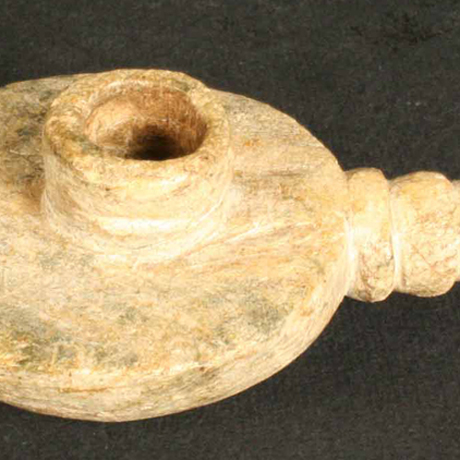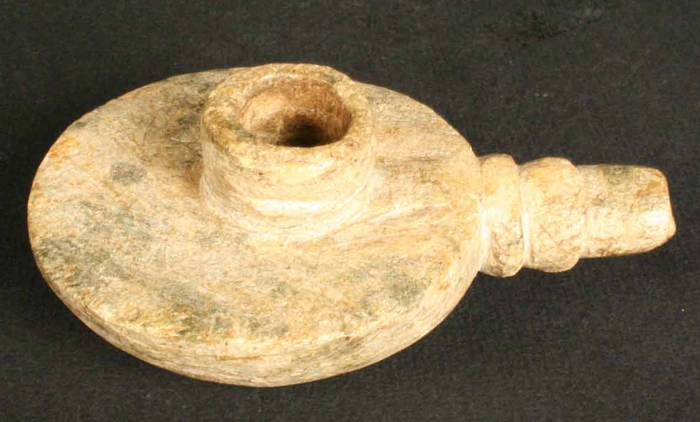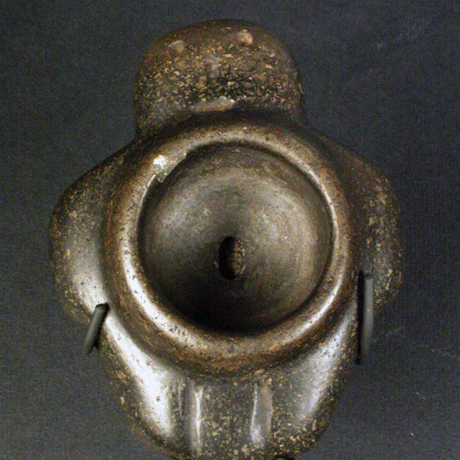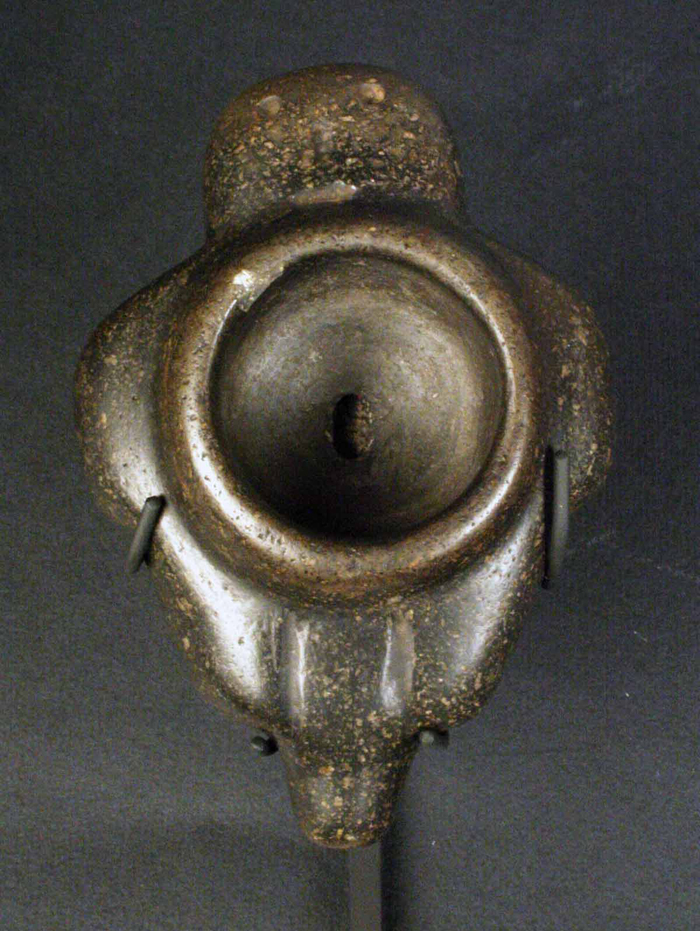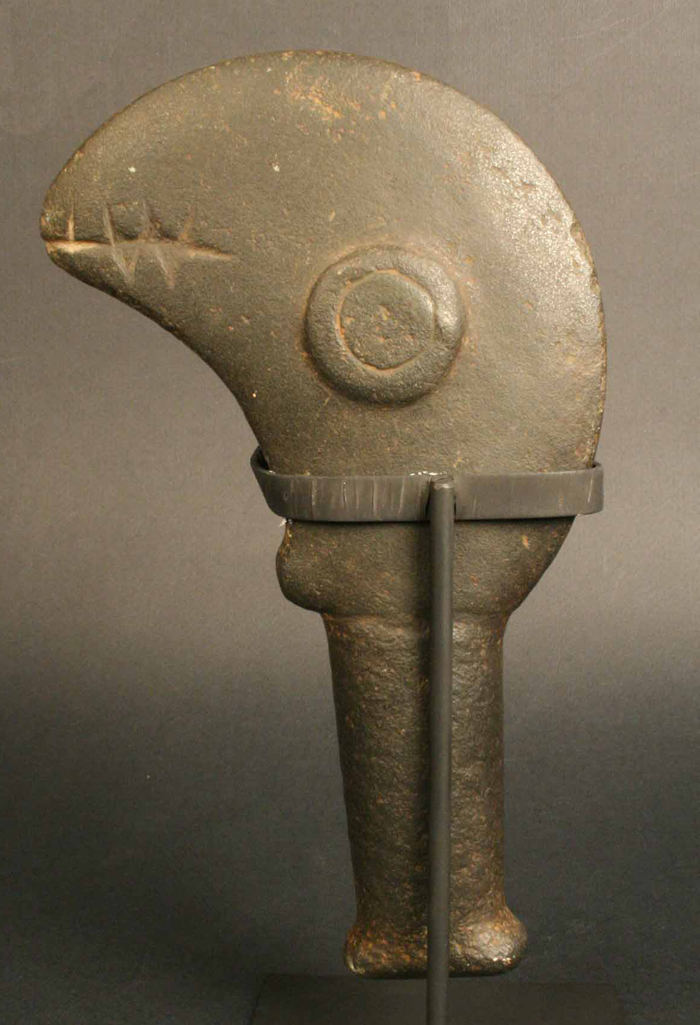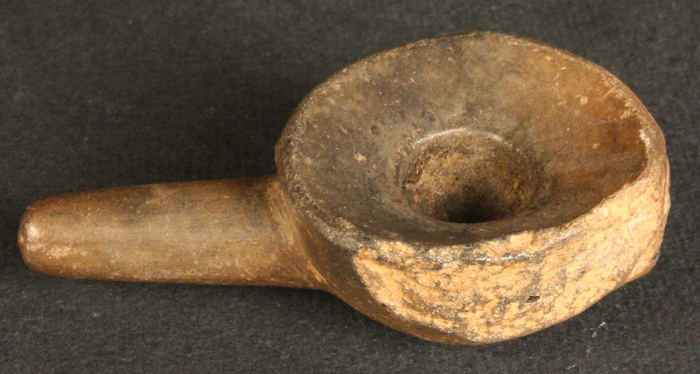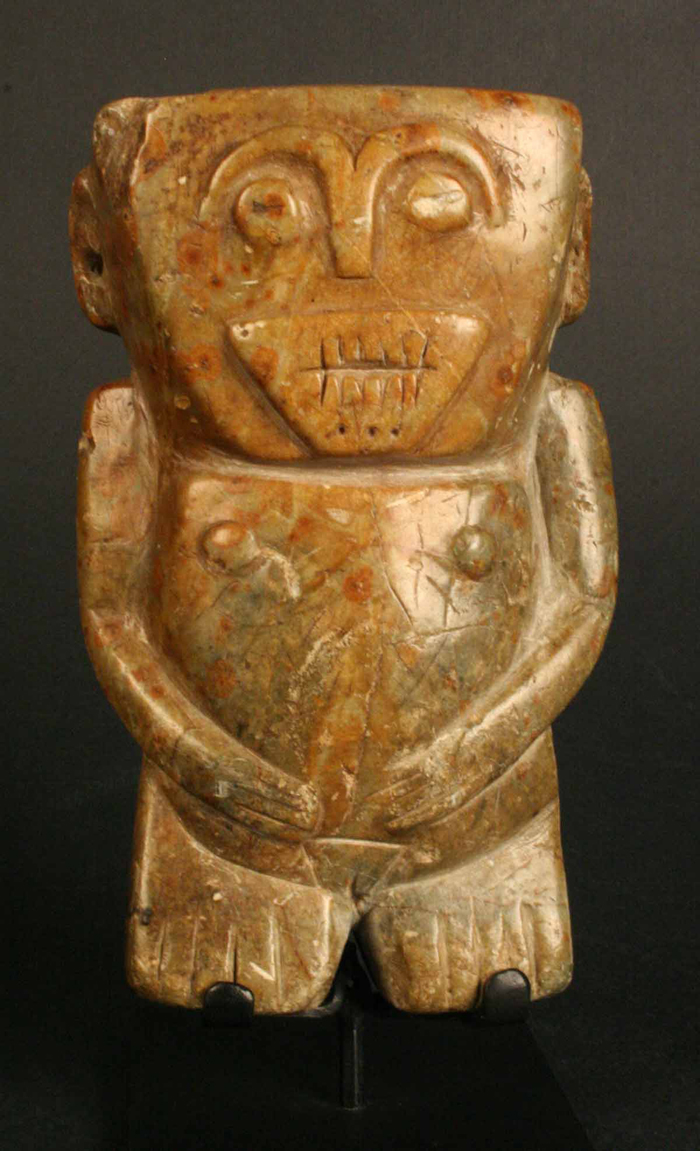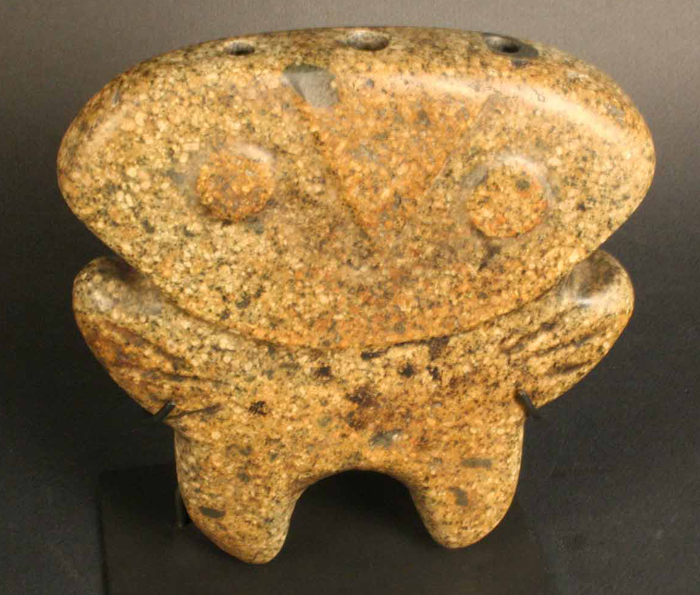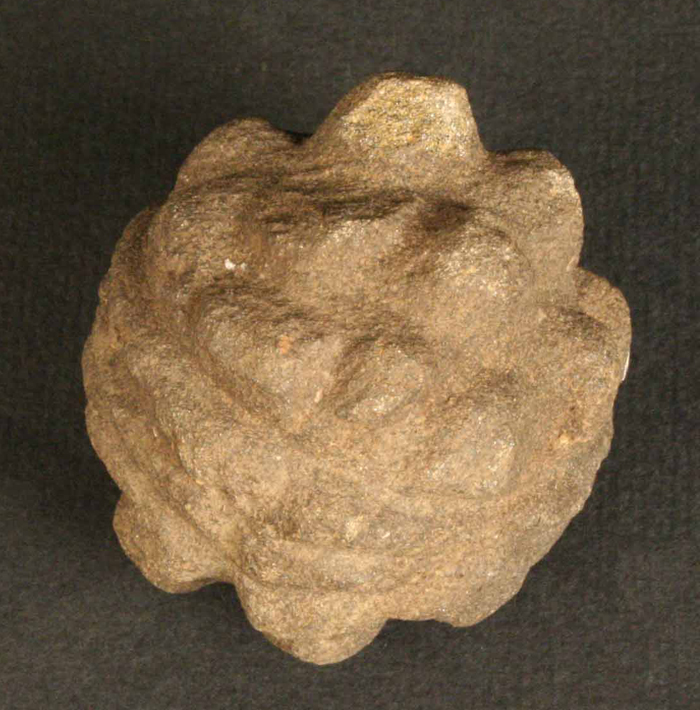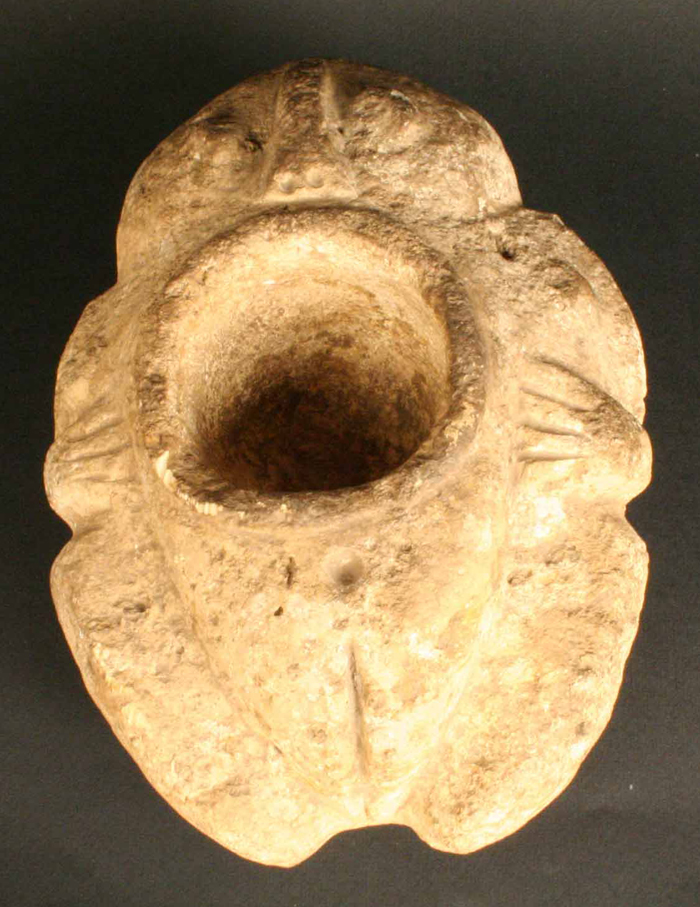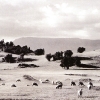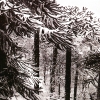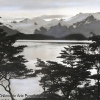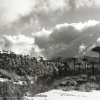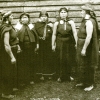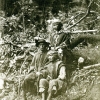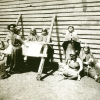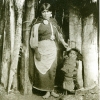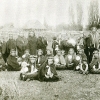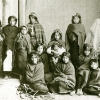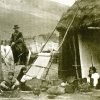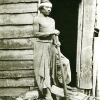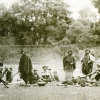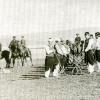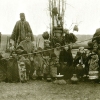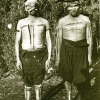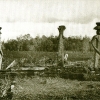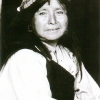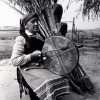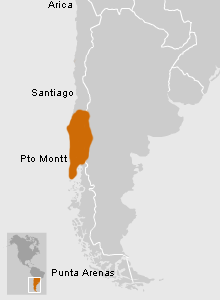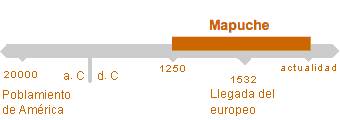The Mapuche are Chile’s largest indigenous group. When the Spanish arrived in the 16th century the Mapuche inhabited most of southern Chile, divided into subgroups in different geographic zones. The earliest investigators recognized the Picunche, who lived between the Maule River and the Itata and Bío Bío rivers, the Araucanos, who inhabited the region between the Bío Bío and the Toltén, the Pehuenche, who dwelt in the mountains from Chillán to Antuco, and the Huilliche, who occupied the land between the Toltén River and the Gulf of Corcovado, including Chiloé Island. In other words, the Mapuche occupied a wide range of environments and landscapes—from the Andean mountains down to the coast, from warmer temperate climatic zones to cold rainy ones—and adapted to them, developing their cultures in unique ways. The group’s cultural, political and social unity was strengthened in response to the Spanish conquest and colonization, and after their subjugation by the Army of the Republic of Chile, many Mapuche migrated to the cities. In fact, today most Mapuche in Chile live in urban neighborhoods, not in rural areas. The largest groups inhabit the southern cities of the Araucanía region and the capital city of Santiago, while smaller groups are installed in the cities of the Los Lagos and Bío Bío regions.
How to Arrive
El Museo se encuentra ubicado en pleno centro de Santiago, en la esquina de las calles Bandera y Compañía, a una cuadra de la Plaza de Armas.
Tickets
Chileans and resident foreigners: $1,000 Foreigners: $8,000 Chilean students and resident foreigners: $500 Foreign students: $4,000
Guided Visit
El Museo cuenta con un servicio de guías, sin costo adicional, para los establecimientos educacionales.
Information for Teachers
Invitamos especialmente a coordinarse con alguno de nuestros guías para programar una visita o actividades de motivación y seguimiento que aprovechen de la mejor forma la experiencia de visitarnos.
Audioguides
Download recordings of the Permanent Exhibition display texts in English, French, Portuguese and Spanish here. These audioguides are in mp3 format and are arranged by cultural area, following the same order as our exhibit galleries. Descargue desde esta página audioguías en castellano, inglés, francés y portugués con los textos de las vitrinas de la […]





































